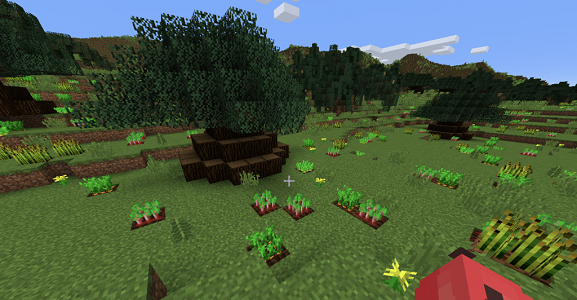 |
|
Astrophysical and Planetary Sciences Colloquium
Monday, September 30, 2019 at 4:00 PM JILA Auditorium Jorge Perez-Gallego, CU Boulder "Informal—or tangential—Astronomy "  Abstract:In this colloquium, I will discuss different and diverse projects I have both spearheaded and been a part of for the past ten years, since getting my PhD in Astrophysics, as an example of other options outside of academia available to those willing to pursue them. While I started my postdoctoral career with what you are often expected to do—i.e., a postdoctoral research position—life, and a particular mindset, took me in many interesting directions. Most of these projects live within the realm of informal science education, such as being a leading member of the opening team at the Phillip & Patricia Frost Museum of Science in Miami, FL. Nevertheless, I found myself following the occasional odd tangent, such as working on the adoption of innovative, pro-poor sanitation technologies in developing regions in India in partnership with Caltech and Kohler—with an award from the Bill & Melinda Gates Foundation. All this coming and going brought me back to academia and astronomy at the University of Colorado Boulder with a scholarly interest in informal science education, and the intersection of science and art—here I co-direct the Nature, Environment, Science and Technology (NEST) Studio for the Arts. My most recent project—in partnership with the University of Chicago Urbana-Champaign, the University of Maine, and Nova Labs—What-If Hypothetical Implementations in Minecraft (WHIMC) has been awarded $3M by the highly competitive National Science Foundation’s Advancing Informal Science Learning program. The project leverages Minecraft as an educational environment for young students to learn astronomy and physics while interactively explore the scientific consequences of alternative versions of Earth—and exoplanets based on real data—via “what if?†questions, such as “what if the earth had no moon?†or “what if the earth were twice its current size?â€
|